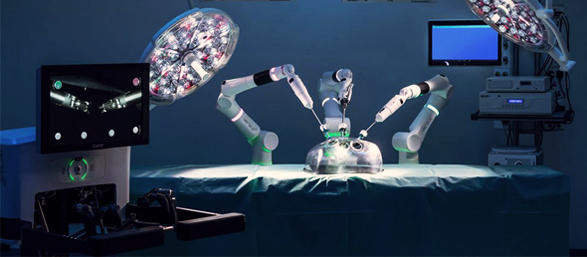

What Can You Expect from Med-Tech in 2021?
It's a new year that's brimming with opportunity.
We can't wait to continue partnering with you all, whether it be on recruitment projects or creating content, searching together to find the future in 2021.
And what a 2021 it promises to be! A vaccine is on the way and there's light at the end of the tunnel for us all.
With an exciting year ahead, we wanted to be prepared and know what to watch out for. So, our senior CM Medical recruitment consultants have collaborated to tell us what they're expecting to happen in med-tech this year, sharing their insights and predictions about their own specialist markets.
Jerome Richards, Director
Dental
A battle in the clear aligner market has emerged and I’m excited to see how this develops in 2021.
Clear aligners are orthodontic devices that are a transparent, plastic form of dental braces used to adjust teeth. In recent years, they’ve gained in popularity because of their impressive look aesthetically, compared to traditional dental braces, as well as their efficacy.
For years, Align Technology has dominated this market with its Invisalign solution. However, with multiple patents now expired for Align Technology, competition has really heated-up: Dentsply Sirona has SureSmile, Straumann has ClearCorrect, Ormco (an Envista company) has Spark and 3M Oral Care has Clarity.
Dentsply Sirona are really shaking-up this market. Its discontinuation of traditional orthodontic products and investment in the clear aligner business has been a big statement to show where the company’s priorities lie. To support this attempt to conquer the clear aligner market, Dentsply Sirona has now acquired a leading direct-to-consumer aligner provider, Byte.
Within the clear aligners market, I’m also interested to see what happens in the competition between direct-to-consumer and business-to-business models.
The safest and most effective clear aligner procedure is offered with the business-to-business model, which includes a visit to the dentist. However, this is being challenged by direct-to-consumer businesses, like SmileDirectClub, which eliminate the need to visit a dentist and therefore can offer a much more cost-effective solution.
Despite the fact the orthodontic community has somewhat shunned the direct-to-consumer businesses, results appear to be good enough to satisfy the patients who’re paying around 50% of the price for a similar treatment which avoids a trip to the dentist.
If a company can offer a combination of business-to-business and direct-to-consumer channels, this will provide a huge advantage in the battle for the clear aligners market.
For more content about the dental market, please visit my consultant page. If you'd like to talk to me about the clear aligner market, the wider dentals space, hiring plans or advancing your own career; please email me at Jerome.Richards@medical-cm.com.
Ben Thompson, Director
Cardiology
2021 could be a huge year for Heart Failure Related Remote Patient Monitoring (RPM) in cardiology.
Patient monitoring devices provide doctors with crucial, potentially lifesaving data and now account for over 60% of cardiac devices on the market. They’ve transformed healthcare and I’m excited to see more innovative devices enter the market this year.
Remote Patient Monitoring (RPM) devices transfer of patient-generated health data from the patient to the healthcare team and back to the patient in a timely manner. These devices are particularly vital when detecting potential cardiac events associated with heart failure.
Back in a world without monitoring, when these events happened without a cardiologist present, they’d be difficult to diagnose. The physician would be reliant on the patient’s explanation of the episode. This lack of quality information would lead to a slower diagnosis and less effective treatment. It could often mean that care came too little, too late for patients.
However, with today’s monitoring technology doctors can make faster and more accurate diagnoses thanks to the real-time data they’re provided with. This information can be the difference between life and death for many patients.
The technological advancements in remote monitoring have also made new patient pathways possible. Patients can now be monitored continuously and extensively at home, reducing hospitalisation and saving healthcare expenditure. And as you know, this freeing-up of hospital resources has never been more important because of the difficulties caused be the COVID-19 pandemic.
The data produced through continuous monitoring is not just beneficial for the insight it provides on a single patient. It also can be used to develop cloud-based analytics to further improve diagnosis and treatment throughout the space.In the UK, the Secretary of State for Health, Matthew Hancock, has established the National AI Lab to unlock the potential of this data. These types of initiatives are helping the cardiac space make the most of its data, improving prognosis and thinking about how it is applied to other medical applications. I’ll be interested to see if more initiatives are set up in 2021 to truly advance cardiac treatment.
If you'd like to share your thoughts on the future of the cardiac space, would like to talk about hiring plans or advancing your own career; please email me at Ben.Thompson@medical-cm.com.
For more cardiology-based content, please visit my consultant page or check out the latest posts in the cardiology feed.
Daniel Spencer, Associate Director
Spine & Orthopaedics
COVID-19 has challenged healthcare resources globally. This has resulted in a worldwide pause on elective surgeries, with spinal procedures grinding to a halt.
While this is a frustration, it has created a window of opportunity for organisations to reallocate their budgets and focus on gathering clinical evidence, regulatory approvals and merger and acquisition (M&A) assessment to invest in technology advancements and improve patient care. This is what I’m looking forward to seeing more of in 2021.
The wider adoption of digital technologies will be a fascinating watch, with it applicable for all areas of spine surgery - from medical education and pre-operative planning, to intraoperative execution.
Visualization is no longer a ‘cool piece of innovation’, but a platform to educate surgeons in remote areas and to empower surgeons with ‘X-Ray vision’ during live surgery. If you have a spare five minutes, I’ve recently written an article titled: “Is VR & AR Ready to Advance Spinal Surgery?” This featured in Spinal Surgery News and I’d be interested to get your feedback on it.
In terms of M&As, we’re all questioning whether Nuvasive will finally be acquired? For some time, the rumour-mill has suggested Smith & Nephew as an interested party. But it remains to be seen whether this deal will go through.
We will also have to watch out for the M&A activity of Orthofix, Alphatec Spine and Spinal Elements. These companies have recently been active on the M&A front and there’s every possibility that more deals are on the way, as part of their 2021 growth strategies.
This year, companies will have to face the true impact of EU MDR too. With new regulations set to roll out in May, we have seen companies in every corner of the world investing in top talent for this very purpose. Without the right strategy and execution, organisations could falter greatly, losing the ability to drive growth in the EU region, once elective surgeries are fully back up and running.
All this makes for an excited year in the spinal market, in which we should see a return to ‘new normality’, an intriguing European market and multiple advances in technology. However, my main hope is that patients can return to theatres in every region, relieving themselves of pain and moving forward with the support of our great industry.
If you’re in the spinal market, I’d appreciate any feedback on my articles or this outlook on 2021. I’m also free to talk about recruitment, whether it be about hiring plans or advancing your own career. Email me at Daniel.Spencer@medical-cm.com.
You can access more of my content on my consultant page.
Henry Bell, Principal Consultant
Cardiology
Cardiology is evolving. Wearables, remote monitoring, data, AI, deep learning and machine learning is helping the space move away from its reactive past, to more preventative treatments.
The cardiac space is becoming more data led. This is helping it provide faster and more accurate patient diagnoses. In 2021, I’m excited to see this trend continue – supported by an abundance of new, innovative technology.
This includes Biotronik’s Vital Data Sensor which recently received FDA approval and will support the company’s home monitoring offering.
The sensor is integrated with the Biomonitor IIIm injectable cardiac monitor (ICM) to collect data on body temperature and cardiac arrhythmia. This data is accessible to physicians in daily reports to help them monitor patient health and their treatment remotely.
This digital health innovation will help provide earlier detection in heart conditions and streamline remote patient management, so that hospitals can direct resources to their more vulnerable patients.
This year, I’m also looking forward to seeing the CardiacSense watch hit the marketplace. This wearable device can continuously detect Atrial Fibrillation and monitor heart rate with medical accuracy.
CardiacSense isn’t stopping there. The company plan for the watch to detect additional heart arrhythmia such as Tachycardia, Bradycardia, PVCs. PACs, Long QTs, Pause, and Cardiac Arrest. In the future, it will also be able to monitor vital signs such as continuous Respiratory Rate, Oxygen Saturation, Core Temperature and Absolute blood pressure.
This device will be prescribed by physicians to patients for 24/7, long term monitoring. All the raw data collected by the watch will be accessible to the physician via a cloud application and they will be notified in real-time if the watch detects a problem with the patient.
The data collected by wearables and remote monitoring devices like this should also help artificial intelligence (AI), deep learning and machine learning advance the cardiac space. With the ability to track, store, process and interpret huge quantities of data, the software can provide actionable insights to improve the speed and accuracy of diagnosis.
I speak more about this in my latest article, “Is This a New, Data-Led Era for Cardiology?”, which also mentions the innovative work being done by San Francisco-based, digital healthcare specialist, iRhythm Technologies.
If you’ve found this interesting, I’d also recommend an article my colleague has written with experts from the Transcatheter Tricuspid Valve Repair/Replacement (TTVR) space, which is well worth a read and something that is highly relevant for the year ahead.
If you’re in the cardiac space and would like to collaborate on content, talk about hiring plans or advancing your own career; please email me at Henry.Bell@medical-cm.com.
Cameron Ramsden, Business Manager
Medical Imaging
From point of care ultrasound (POCUS) to AI, Digital Pathology to point of care MRI; there’s lots to be excited about in medical imaging. Let’s get started.
POCUS has played a vital role during the global pandemic and will continue to grow - both in and outside of the hospital. I have covered the companies shaping the market in this article I wrote last year but for adoption to increase there will be a reliance on companies utilising AI to bridge the skills gap such as DiA Imaging Analysis, Caption Health and Ultromics.
It will be an interesting year for the maturation of AI in medical imaging too. As AI products mature with different use-cases, we will begin to see a focus on concrete categories of radiology AI. This might include acute triage and notification, screening, communication and population health. Recent changes forced through by the Trump Administration to the way FDA classifies AI products are worrying and could stop the steady progress being made before the true value of AI has even been realised.
Undergoing a revolution that mirrors the early days of AI, I think it’s worth keeping a close eye on the Digital Pathology space. Companies such as Visiopharm, Ibex Medical Analytics and Proscia are growing quickly and set to challenge the larger (but less nimble) players such as Philips and Roche.
There is also likely to be a continued expansion of the point of care MRI market which could replicate the growth of POCUS. In this area, Hyperfine will be one to watch after achieving FDA approval for its portable MRI device, Swoop, last year. There will also be competition from the likes of Promaxo and Synaptiv.
When looking ahead to 2021 I couldn’t not mention NanoX. In my previous article from 2019, I mentioned them as a potential future medical imaging unicorn and since then the start-up has generated more column inches than most with its IPO and the subsequent debate around the validity of the company’s claims. NanoX demonstrated elements of the system at RSNA and has started to address many of the questions posed. Hopefully, in 2021, we’ll continue to learn more about the company’s technology and its clinical benefits.
If you’re in the medical imaging market, I’d appreciate any feedback on my articles and my thoughts about 2021. I’m also free to talk about recruitment, whether it be about hiring plans or advancing your own career. Email me at Cameron.Ramsden@medical-cm.com.
You can access more medical imaging content on my consultant page.
John-Joe Walker, Business Manager
Neuromodulation
Neuromodulation is a growing space that has the potential to influence millions of people’s lives.
Its technology can treat a diverse range of neurological conditions including epilepsy, depression, anxiety, chronic pain, migraine and ADHD. I spoke about the important impact neuro technology can have on mental health patients in a recent podcast: “Mental illness is becoming mainstream and there's no magic pill to treat it.”
In 2021, I expect even more people to recognise the value of this technology with a host of new innovations hitting the market. Already, it’s been a fascinating start to the year with two major FDA approvals making the headlines.
First off, Functional Neuromodulation received breakthrough device designation from the FDA for its Vercise Deep Brain Stimulation (DBS) Systems to treat Alzheimer’s patients.
The DBS-f delivers stimulation to a critical location in the brain's memory circuit. This seems to enhance activity in the circuit and drive neuronal activity in other brain regions impacted by the disease.
Functional Neuromodulation is now enrolling patients for its ADvance II pivotal study, which will evaluate the safety and efficacy of DBS-f for patients with mild Alzheimer's disease. I’m excited to see how it goes.
In January, Spark Biomedical also announce its FDA approval for the Sparrow Therapy System. This wearable neurostimulation device provides opioid withdrawal relief for patients. It’s the first drug-free, needle-free, device of its kind to receive this level of approval.
This is a major breakthrough. The Sparrow Therapy System has the potential to help over 11.5 million Americans who suffer from opioid dependence or addiction — giving them a safer, easier and more effective path through withdrawal. Sparrow is an essential first step in eliminating the withdrawal roadblock that two out of five adults cannot overcome.
Nueromodulation is playing an important role, combating the opioid crisis. I wrote about this in a previous article, which I’d be interested to get your feedback on. If you’d like to share your thoughts on this article, any of the about or talk about recruitment; please email john-joe.walker@medical-cm.com.
You can access more content on neuromodulation by visiting me consultant page.
We hope you found what our consultants had to say interesting and insightful. If you'd like to collaborate with CM Medical on content, talk to us about your hiring plans or advancing your own career; please get in touch. We serve a multitude of markets across the med-tech space.
Recommended.
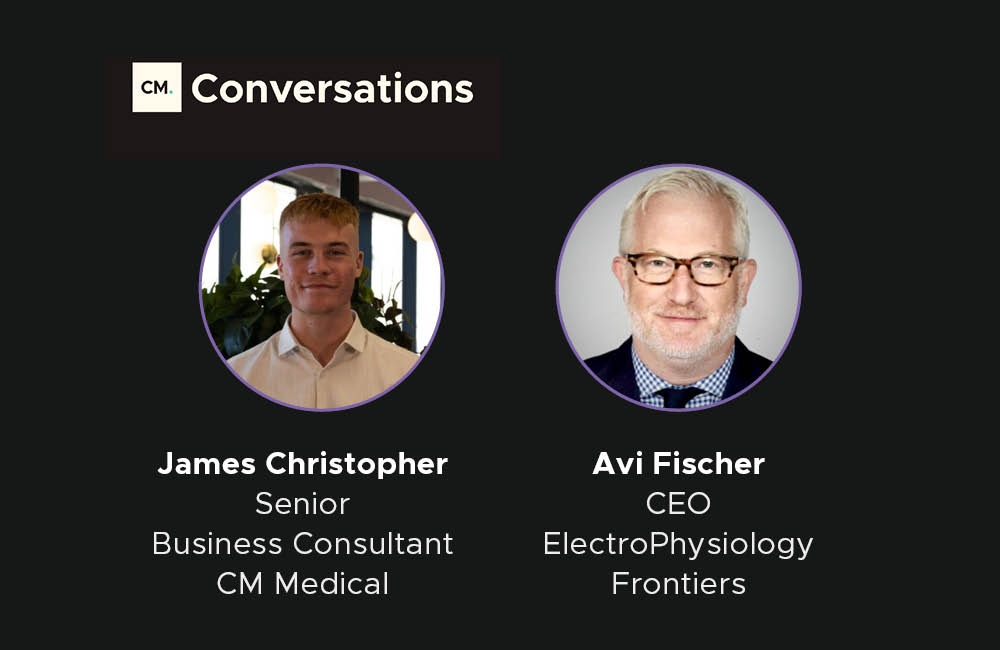
The Future of Catheter Ablations with EP Frontiers CEO, Avi Fischer.
In this episode I talk to ex-physician gone start-up CEO, Avi Fischer, about the future of Catheter Ablations and how EP Frontiers is disrupting the industry. Click to listen.
.jpg)
Can PFA Revolutionise Cardiac Ablations?
With the limited data we have so far, PFA has proven to be safer than other ablation energies and to provide quicker recovery times. But is it ready to revolutionise cardiac ablations? To find out, I spoke to five leaders from start-ups in the space.
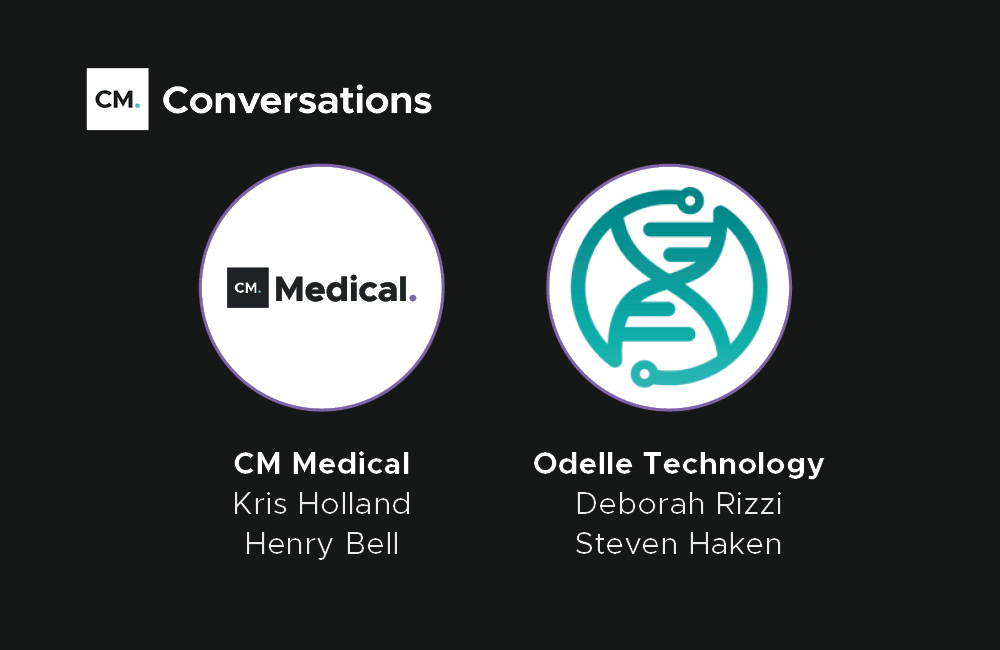
How to Take Your Medical Device to Market.
In this episode, I'm joined by Steven Haken and Deborah Rizzi from market access and reimbursement specialists Odelle Technology to discuss how to take a medical device to market.

How Much Value is in Your Data?
I caught up with the Head of Digital Health, Diagnostics & Monitoring at Biotronik, Ken Nelson, to talk about the increasing value of data within the space.
.jpg)
.jpg)

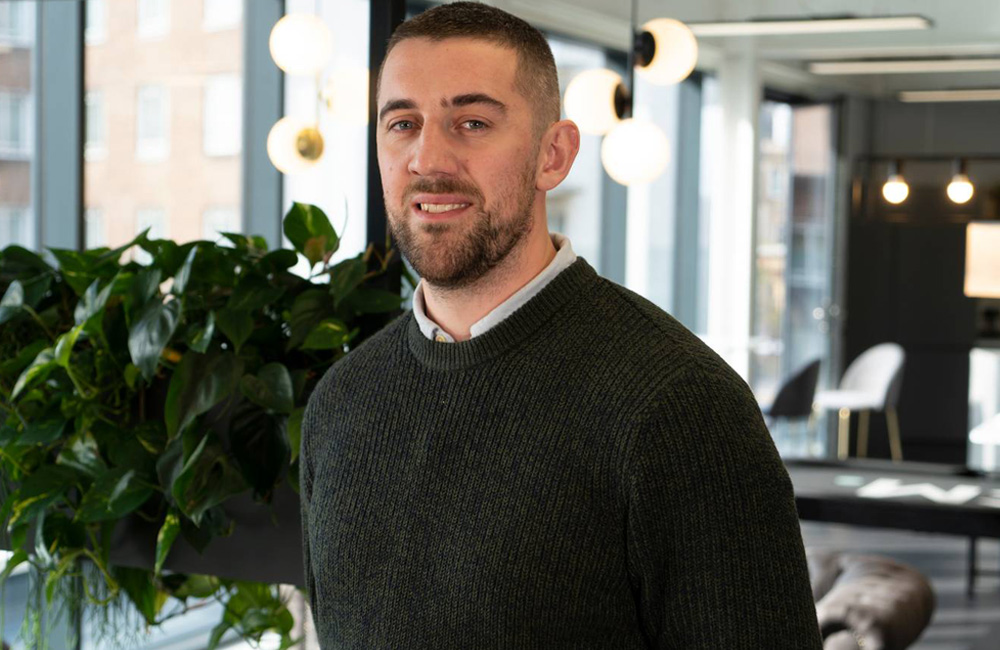
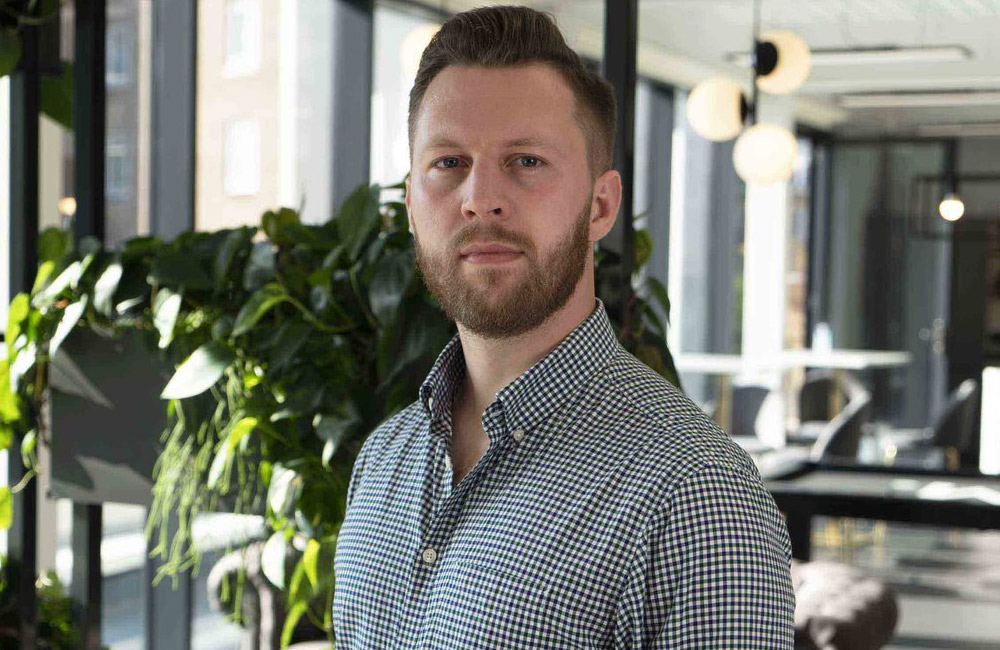
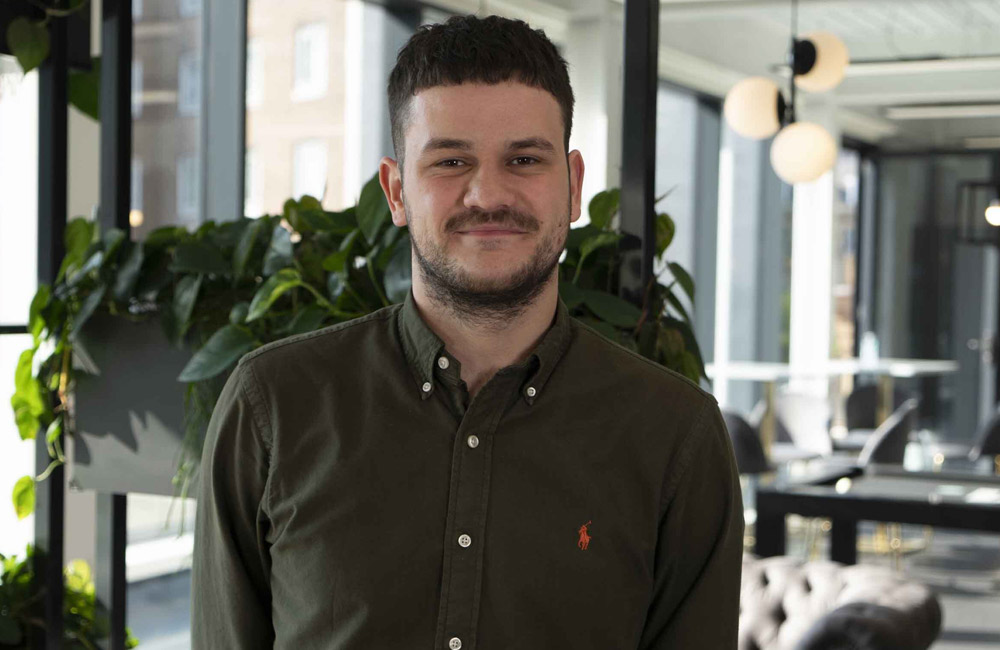
Comments.